Bangladesh has introduced a major policy shift in its ready-made garment (RMG) sector, allowing subcontractors to benefit from export incentives for the first time. The move is expected to strengthen smaller garment units, improve competitiveness, and support the industry’s growth as global demand rises.
Subcontractors Enter Incentive Framework
Previously, export cash incentives were available only to manufacturers who exported directly. Subcontractors, who contribute around 10% of Bangladesh’s RMG exports, were excluded because they do not issue export bills.
Under the new policy, exporters will continue to receive the 0.3% cash incentive but can now share a portion with subcontracted factories. This change aims to ensure fairer distribution of benefits across the supply chain.
Industry experts say the decision could help small and medium-sized garment units survive growing cost pressures while expanding Bangladesh’s overall production capacity.
Also Read: Bangladesh and CottonConnect Join Forces to Elevate Sustainable Cotton
U.S. Tariff Advantage Boosts Apparel Exports
The announcement comes at a time when Bangladesh is gaining a trade edge in the U.S. market. Due to a reduction in retaliatory tariffs, Bangladeshi goods now face a 20% duty, compared to 50% for India and 30% for China.
This advantage has already fueled export growth. In the first ten months of FY 2024–25, RMG exports hit $40.2 billion, up 9.83% year-on-year, according to Apparel Resources and The Business Standard.
Industry Leaders React
FBCCI: Md. Hafizur Rahman, administrator of the Federation of Bangladesh Chambers of Commerce and Industry (FBCCI), said the policy gives exporters new bargaining power, “Exporters can use incentives to negotiate slightly higher prices with buyers, while also passing benefits to subcontractors.”
BKMEA: Mohammad Hatem of the Bangladesh Knitwear Manufacturers and Exporters Association (BKMEA) confirmed subcontractors will indirectly share in the benefits, since incentives will remain tied to exporters who hold the Letters of Credit (LCs).
BGMEA: Bangladesh Garment Manufacturers and Exporters Association (BGMEA) President Mahmud Hasan Babu welcomed the shift but reiterated calls to raise the incentive rate above 0.3% to offset higher costs in the sector.
Government: Commerce Secretary Mahbubur Rahman described the move as a “positive step” and suggested a future policy framework could directly support subcontractors.
Policy Context: Incentives Cut Ahead of LDC Graduation
The cash incentive rate was reduced from 0.5% to 0.3% as Bangladesh prepares to graduate from Least Developed Country (LDC) status in 2026. WTO rules limit the use of export subsidies by developing nations, making gradual phase-outs necessary.
Also Read: Top 10 Yarn Manufacturers in Bangladesh
Despite reductions, the government has extended export incentives across FY 2025–26, with rates varying between 0.3% and 10% depending on the product category.
What It Means for the Garment Industry
For subcontractors: Inclusion in the incentive framework improves financial stability but relies heavily on exporters’ willingness to share benefits fairly.
For exporters: Incentives provide flexibility to cover rising costs and strengthen negotiations with global buyers.
For the RMG sector: Together with favorable U.S. tariff treatment, the move could help Bangladesh remain a leading sourcing hub despite global competition.
Key Export Data: Bangladesh RMG Sector
RMG Exports FY 2023–24: $37 billion
RMG Exports Jul–Apr FY 2024–25: $40.2 billion (↑ 9.83%)
Subcontractors’ share of exports: ~10%
Export incentives FY 2022–23: Tk 5,696 crore
Conclusion
Bangladesh’s decision to extend export incentives to apparel subcontractors marks a significant step toward a more inclusive supply chain. While the policy may ease pressure on smaller factories and boost employment, its success will depend on fair distribution, transparency, and whether incentive rates increase in response to rising costs.
With U.S. tariff preferences and continued government support, Bangladesh’s RMG sector is positioned to consolidate its global leadership—but the road ahead will require balancing fiscal discipline with industry competitiveness.

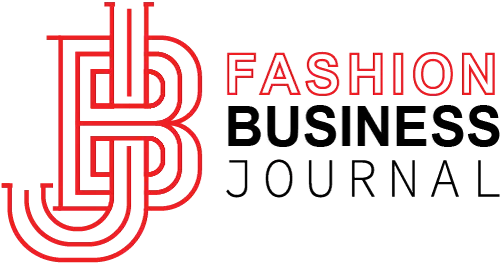
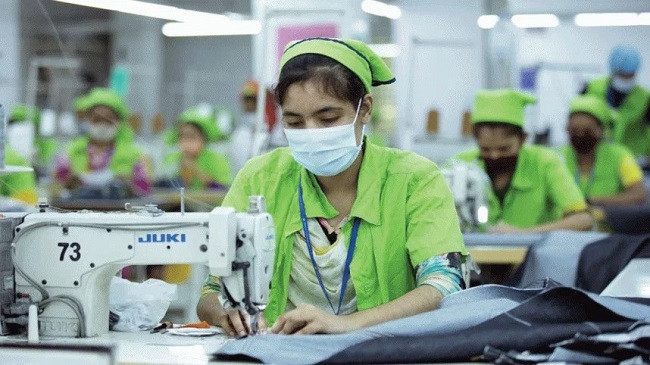

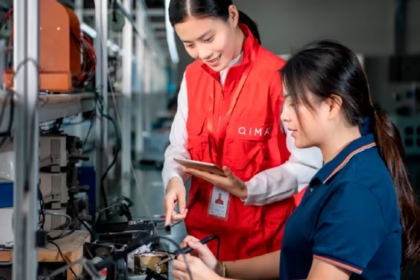


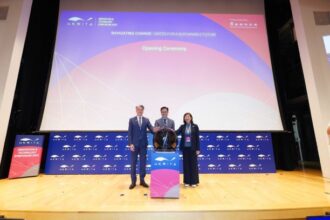


Good news